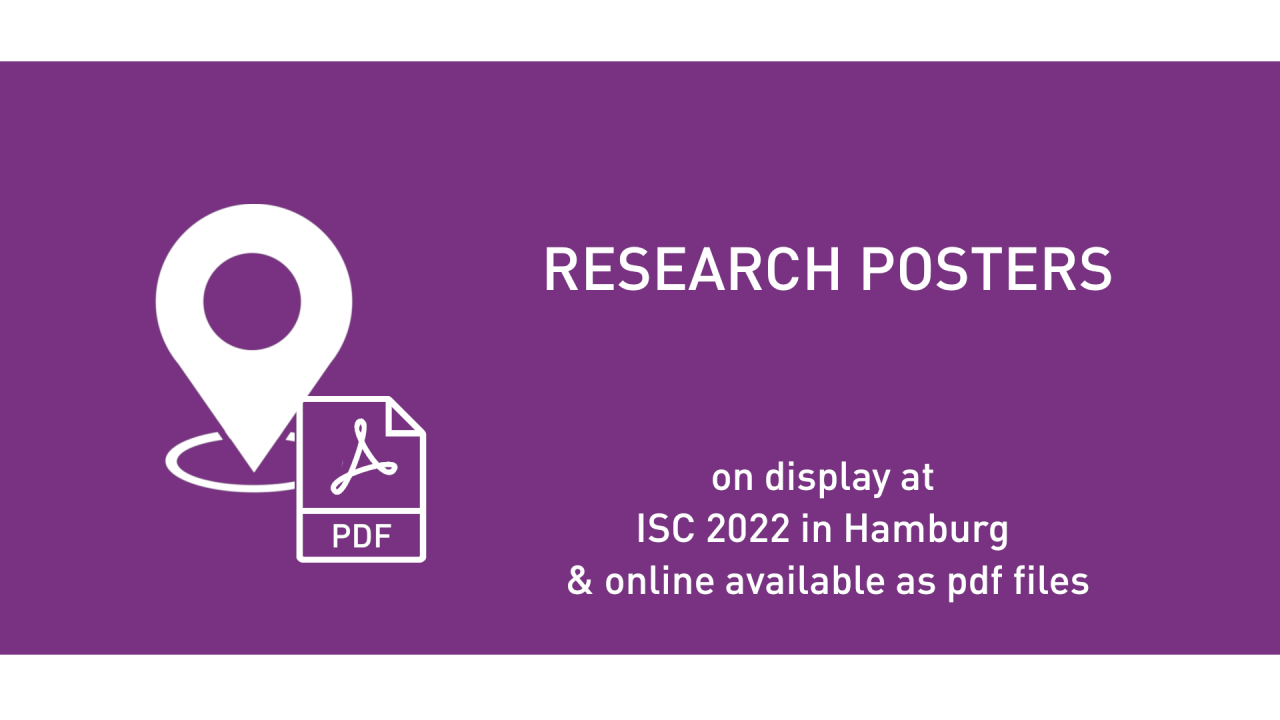

Digital Image Representation by Atomic Functions
Wednesday, June 1, 2022 2:12 PM to 2:16 PM · 4 min. (Europe/Berlin)
Hall D - 2nd Floor
Information
Application of special class of functions to digital image representation, which provides compression, protection and data description ready to applying various ML-algorithms, is proposed.. Atomic functions, which are special mathematical tools, have a lot of useful features, in particular, compactness, smoothness and good approximation properties. For this reason, their application to data processing is promising. Image representation by these functions is considered. It is proposed to apply discrete atomic transform (DAT) in order to describe digital images. It follows from the properties of atomic functions that the procedure DAT has linear time and memory complexity: t(N) = O(N), m(N) = O(N), where N is a size of the data processed. A set of DAT-coefficients provides good data description, as well as compression feature. Moreover, there is more than 10E+110 different structures of DAT that provides construction of a huge number of image codecs. If some image is compressed by one of them, then just this codec decompresses it correctly. In combination with a great number of codecs, this feature provides high level privacy protection. Besides, a file with compressed image contains DAT-coefficient that can be used in different machine learning algorithms, in particular, object recognition, image retrieval and classification, etc. Application of the proposed approach provides developers of different products and services with the following advantages: reduction of memory, time and traffic expenses; data protection; low resource expensive application of ML-technologies.
Contributors:
Contributors:
- Viktor Makarichev (National Aerospace University)
- Vladimir Lukin (National Aerospace University)
Format
On-site
Documents & Links
Digital Image Representation by Atomic FunctionsSlides
Registered attendees

Viktor Makarichev
doctoral studentNational Aerospace University